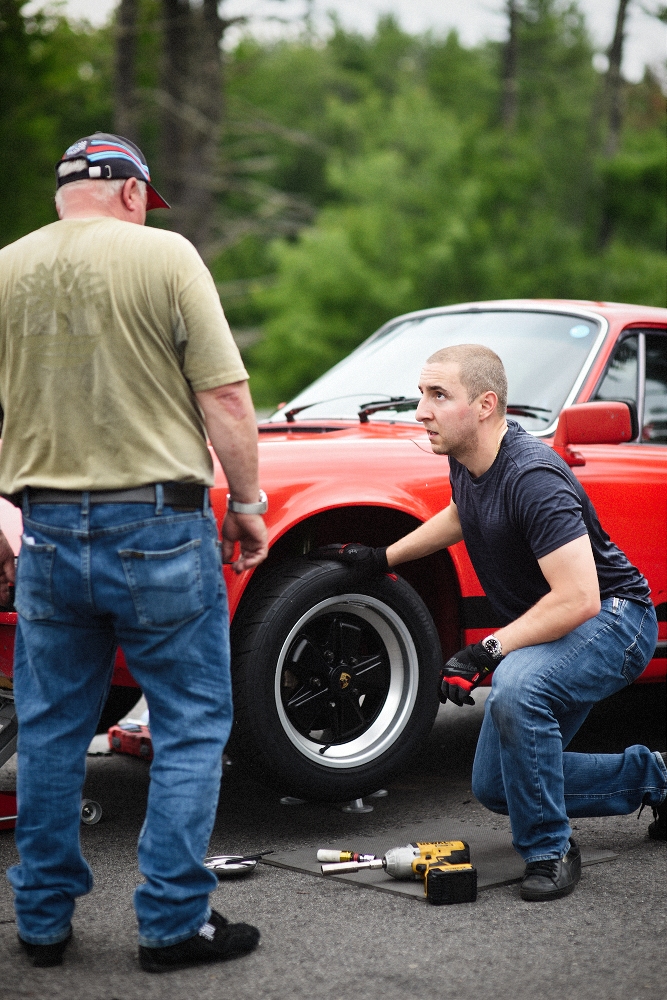By Stephen DiCato 
I’ve always wanted to drive on a proper race track, and in November of 2019 I achieved that goal. Earlier that year, I purchased my first Porsche - a 1979 911 SC. I purchased it with one goal - attend High Performance Driver Education events with the PCA. I spent the summer sorting my car, preparing for my first HPDE, and talking to experienced club members. Hopefully sharing my experience encourages others to attend HPDE events. There’s a ton of resources on this topic and I suggest you spend some time on both the NCR and NER website. The presentation from the 2022 DE Ground School is particularly useful.
When discussing HPDE, one of the most popular questions is - “is it dangerous?”. In my case, this question bore significant weight coming from my wife. No, HPDE is not dangerous, but it requires respect and taking safety seriously. To quote my instructor, “...you’ll probably feel safer on track than you do on the highway”, and yes, he was right.
Regarding safety, there are a few musts. First, you need an approved helmet. Some tracks have helmets available for rental, but most drivers have their own. Affordable helmets start around $300 - $400. More expensive helmets are lighter, often have more padding options to improve fit, and can be equipped with built-in communications systems. As a first timer, I didn’t consider how I would talk to my instructor while driving on track. You and your instructor will be able to talk using a headset and microphone. I asked around, and those more experienced than me recommended the higher end helmets with built in comms as the comfort and convenience adds up over a weekend of driving. All options work well!
The second “safety must” is having your car inspected by an approved PCA Technical Inspector, who will examine your car to ensure it meets the safety requirements of driving on track. A list of approved inspectors and the necessary forms can be found on the NCR website. I recommend reading these pages thoroughly, they deserve your attention. Prior to my first HDPE, I installed new tires, changed the engine and transaxle oil, and flushed the brake fluid.
At this point in my adventure my car was ready, I had a helmet, and I was registered for my first HPDE but still had countless questions. What tools should I bring? Where do I go when I arrive at the track? About a week prior to the event, instructors were assigned to students and I connected with mine. This was invaluable as we were able to talk in detail about the coming weekend. I brought a whole bunch of hand tools with me as I enjoy working on my car and tend to be overprepared. While you don’t need any tools, a torque wrench to ensure your lug nuts are tight and a tire pressure gauge are useful. When I arrived at the track, employees directed me to the paddock and to registration, where I received the weekend’s schedule and materials. Explaining every detail on the schedule would be overwhelming. Instead, I want to thank everyone that works and coordinates these events. The end result is a bit of automotive ballet as drivers make their way between the paddocks and staging lanes.
Pulling onto the track for the first time was a bit surreal. It wasn’t the adrenaline rush I was expecting. Instead, there was an almost calming effect as the focus required forces you to forget about all the questions and details that have led up to this moment. For those twenty to thirty minutes you’re driving, that’s it. Over the course of the weekend I learned the track and began to understand where I was properly following the line and where I was making mistakes. As the weekend and my first HPDE came to an end I started to plan my next DE. As the saying goes - “And so it begins…”.
